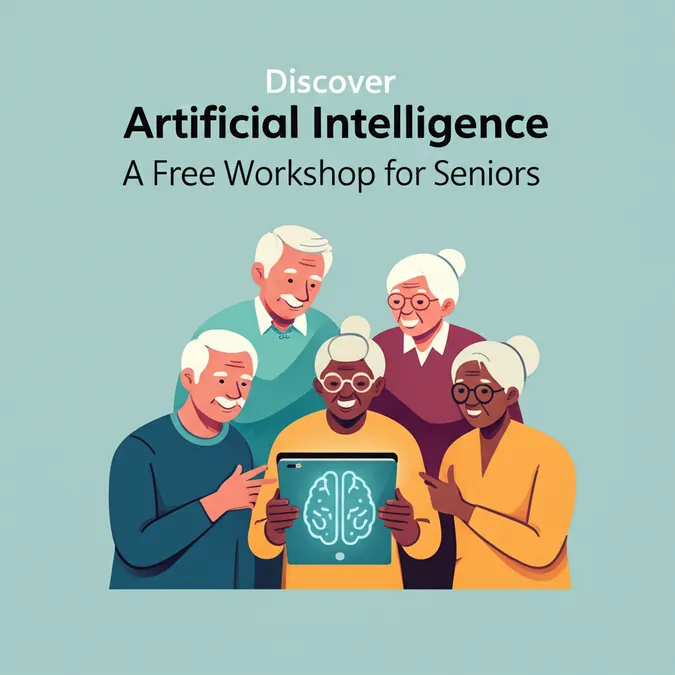How AI Is Reshaping University Learning and Assessment
A quiet revolution is underway in universities across the globe. Generative artificial intelligence tools like ChatGPT, Copilot, and Gemini are now commonly used to draft essays, summarize texts, and complete complex assignments.
For many educators, this rapid adoption raises immediate concerns about plagiarism and academic integrity. While some institutions have moved to either restrict or support AI use, many are still navigating their response.
However, focusing solely on policing AI overlooks a more critical issue: are students genuinely learning? Recent research explores how AI can enhance learning if universities rethink their approach to student assessment. The findings suggest that many traditional assessments still prioritize memorization and rote learning—tasks at which AI excels. This presents a unique opportunity to shift educational goals toward skills that are essential for critical thinking, such as the ability to evaluate and analyze AI-generated text. If universities teach and assess this skill, AI transforms from a threat into a powerful opportunity.
Reviewing AI's Role in Education
Universities are tasked with preparing graduates who are more than just knowledgeable. Modern employers and society need self-directed, lifelong learners who can think critically, solve complex problems, and make sound judgments in a rapidly evolving world. Yet, traditional assessment methods often remain focused on more basic thinking skills.
A conceptual literature review, analyzing studies published since ChatGPT's release in late 2022, examined how generative AI is being used in higher education. The analysis was framed using Bloom’s taxonomy, a well-known educational framework that categorizes cognitive skills from basic (remembering) to advanced (evaluating and creating).
Several key patterns emerged:
- AI Excels at Lower-Level Tasks: Studies confirm that AI is highly effective at tasks like remembering and understanding. It can generate multiple-choice questions and basic explanations with speed and accuracy.
- AI Struggles with Higher-Order Thinking: The effectiveness of AI drops significantly when it comes to evaluating and creating. For example, an AI can draft a business plan, but it often lacks the critical judgment, originality, and contextual nuance required for a successful final product.
- The Educator's Role Is Evolving: Teachers can now shift from designing and grading basic assessments to scaffolding more complex tasks that AI cannot handle alone. This allows them to foster analysis, creativity, and self-directed learning skills.
- Opportunities Outweigh Threats: While cheating concerns are valid, many studies highlight AI's potential as a learning partner. When used correctly, it can generate practice questions, offer feedback, and stimulate discussion, provided students are guided to engage critically with its output.
These insights challenge universities to move beyond simple knowledge checks and invest in assessments that measure and promote deeper learning.
How to Promote Critical Thinking with AI
So, how can universities move forward? The research points to several clear actions:
-
Redesign Assessments for Higher-Order Thinking: Instead of assigning tasks that AI can easily complete, educators should design authentic, context-rich assessments. This includes using case studies, portfolios, debates, and projects grounded in real-world scenarios.
-
Use AI as a Partner, Not a Threat: Students can be tasked with critiquing AI-generated responses, identifying gaps in logic, or adapting AI content for practical applications. This approach turns AI into a tool for practicing analysis and evaluation.
-
Build Assessment Literacy Among Educators: University teachers need proper support and training to develop effective AI-integrated assessments.
-
Promote AI Fluency and Ethical Use: Students must learn not only how to use AI but also how to question it. Understanding its limitations, biases, and potential pitfalls is crucial. Promoting transparency in disclosing AI use is key to maintaining academic integrity.
-
Encourage Self-Directed Learning: AI should support a student's learning journey, not replace their effort. Designing tasks that foster goal-setting, reflection, and peer dialogue is vital for developing lifelong learning habits.
By embracing AI as a tool and fostering critical thinking, universities can turn disruption into opportunity. The objective is not to produce graduates who can compete with machines, but to cultivate independent thinkers who can do what machines cannot: reflect, judge, and create meaning. In the age of AI, assessment can become a powerful force for developing the kind of graduates our world truly needs.


